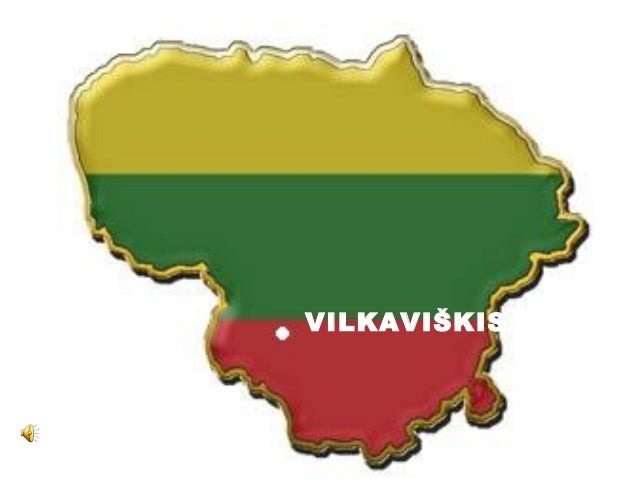
The town was granted city rights in 1670 by the King of Poland, Jan Kazimierz, which was one of the first times such privileges were granted to a place in Lithuania. The coat of arms of the town was most likely borrowed from the Pac family, as the owner of the village at the time, Krzysztof Zygmunt Pac, was also the Chancellor of Lithuania.[2][3] It remained in the Polish-Lithuanian Commonwealth until 1795 when, in the First Partition of Poland it became part of Kingdom of Prussia (the region in which the town is located was split between Prussia and Russia) until 1807. At this time the town was incorporated into the Duchy of Warsaw and merged into the Białystok region. After Napoleon's defeat in 1815 the region switched hands again and became part of Russia, and then Congress Poland, as part of the Augustów, and later Suwałki, district. During World War I the town was captured by German forces and held until 1918, when the place became part of independent Lithuania. During the interwar period a rail line was constructed running through nearby Marijampolė which caused that town to become the regional center, replacing Vilkaviškis in its traditional role. Shortly after the outbreak of World War II the control of the area fell to the Soviets, between 1940 and 1941, on the basis of the Molotov-Ribbentrop pact. In 1941 Nazi Germany attacked the Soviet Union, invaded Lithuania, and occupied the town. Between June and September 1941, the Germans, along with Lithuanian collaborators, destroyed almost all the houses in the town and murdered more than 3000 people, most of them Jews. The city was the scene of a successful counter-attack by the German Panzer-Grenadier-Division Großdeutschland in the autumn of 1944 and the aftermath of the fighting was the scene of several propaganda photographs in which the name of the town was prominently featured. The town was captured by the Red Army in August 1944. After the war, it was part of the Lithuanian SSR within the Soviet Union. When Lithuania regained its independe
